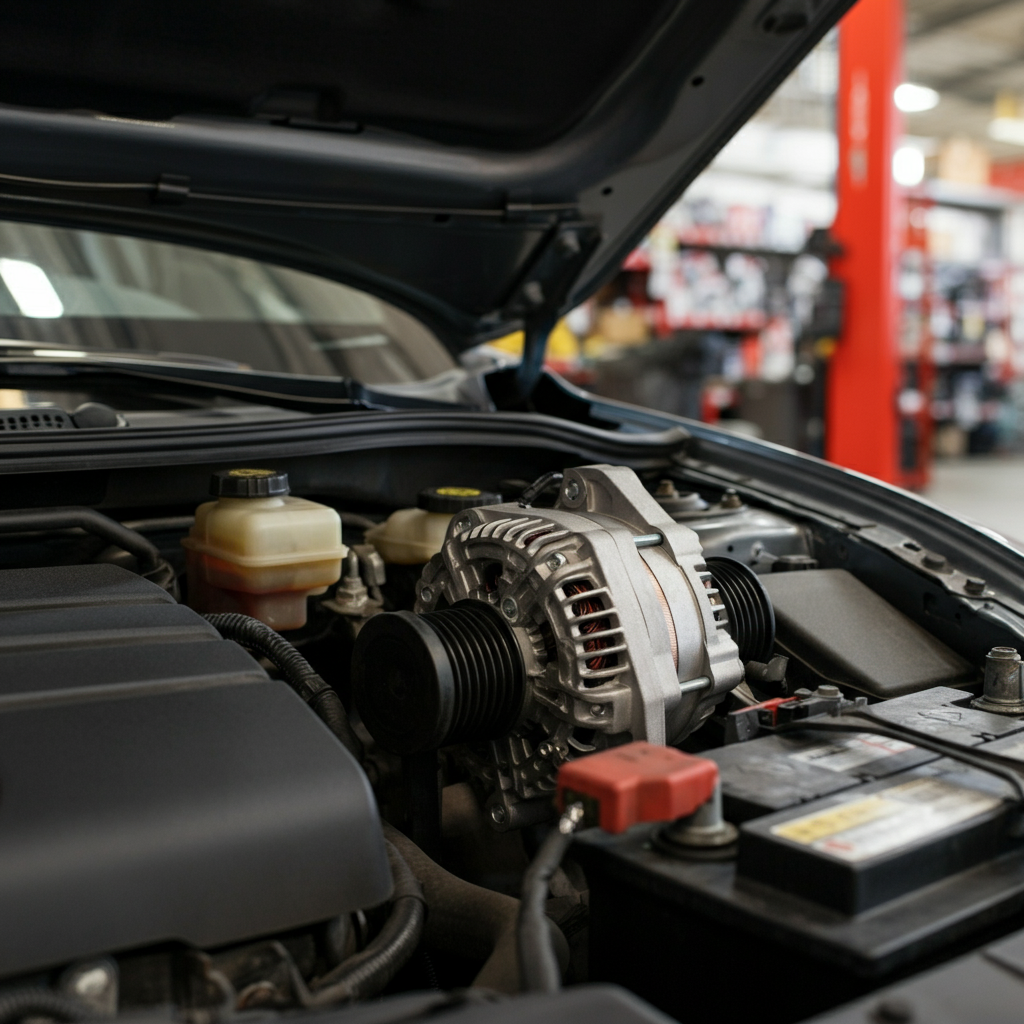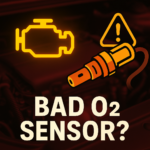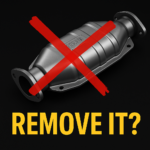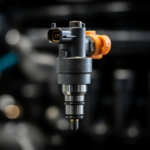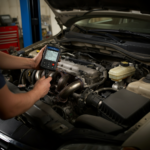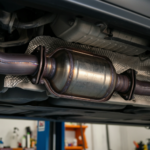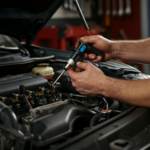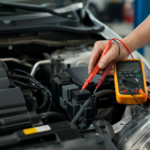Your car won’t start, the battery is dead, and you’re left wondering—what went wrong? One of the most common culprits is an alternator problem. But does a bad alternator really drain the battery, and if so, how does it happen? This blog dives into the connection between alternators and batteries, helping you diagnose issues and fix them before they strain your wallet.
What Does an Alternator Do?
The alternator plays a critical role in your car’s charging system. Put simply, it generates power to keep your battery fully charged and supplies electricity to your car’s electrical system while the engine runs. Without a functioning alternator, your car battery quickly loses its charge, leaving interior lights dim and your engine unable to start.
But there’s more to it than that. A bad alternator doesn’t just fail to recharge the battery—it can actively drain the battery, leaving you stranded. Understanding why will help you resolve the issue sooner.
Can a Bad Alternator Drain a Battery?
Yes, a bad alternator can drain a battery, and here’s how. When an alternator is faulty, it either fails to consistently recharge the battery or causes a parasitic draw (a constant pull of power) even when the car is off.
Here’s a breakdown of how an alternator might drain the battery:
- Parasitic Draw: A malfunctioning alternator can generate an ongoing electrical draw that depletes the battery when the car is off. This is referred to as “alternator parasitic draw.”
- Overcharging or Undercharging: A bad alternator may overcharge or undercharge the battery, shortening its lifespan.
- Faulty Electrical Components: Sometimes, internal components in an alternator fail, pulling excessive power or sending unregulated current into the electrical system.
This issue can worsen if left unresolved. The big question then arises—how fast can a bad alternator drain a battery?
How Fast Can a Bad Alternator Drain a Battery?
The extent of the drain depends on the severity of the alternator issue. A faulty alternator with a high parasitic draw or damaged diodes may leave you with a dead battery in as little as a few hours. Other times, the problem manifests gradually, causing random electrical issues or occasional failures to start the car.
Signs Your Alternator Is Draining Your Battery
Watch out for these red flags that suggest your alternator is bad and may be draining the battery:
- Dim or Flickering Lights
Your headlights, interior lights, or dashboard lights dim or flicker because the battery isn’t receiving enough charge to power the electrical components.
- Frequent Dead Batteries
If you constantly have to recharge your battery or jump-start your car, it’s likely the alternator, not just the battery terminals, causing the issue.
- Engine Stalls or Struggles to Start
If the alternator can’t supply adequate power, your engine may stall or refuse to start altogether.
- Battery Warning Light
An indicator light on your dashboard often signals problems in your charging system, including the alternator.
- Burning Smell or Strange Sounds
A failing alternator may produce a burning rubber odor due to overheating components or emit whining or grinding noises.
Diagnosing the Problem
Once you notice the symptoms, it’s time to investigate whether the issue lies with your battery or alternator.
How to Check if the Alternator Is Draining the Battery
- Test the Battery
Use a multimeter to measure the voltage of your batty. A fully charged battery reads 12.6 volts when the car isn’t running and should rise to 13.7-14.7 volts when the engine is running, thanks to the alternator charging it.
- Check for Parasitic Draw
Disconnect the battery cables and use a multimeter to check for excessive voltage draw. (You might need a professional or a trip to an auto parts store if you’re unsure how to do this.)
- Alternator Load Test
Many auto parts stores offer free alternator testing services. They’ll measure whether the alternator is supplying sufficient current to charge the battery and run your car’s systems.
Fixing Alternator Drain Problems
If your alternator is draining your battery, swift action is critical to avoid further damage. Here’s what to do:
- Replace the Alternator
If tests confirm the alternator is failing, replace it immediately. A bad alternator not only drains your battery but can also damage your car’s electrical components.
For a detailed walkthrough on replacing your alternator, check out this guide: How to Test and Replace a Car Alternator.
- Fix the Parasitic Draw
If the alternator is causing a parasitic draw, address the faulty internal components or switch to a new alternator altogether.
- Recharge or Replace the Battery
Use an appropriate external charger to recharge your battery, or replace it if it’s been overcharged, deeply discharged, or damaged by the alternator.
Can a Bad Alternator Drain a New Battery?
Yes, a faulty alternator can ruin even a new battery. New batteries may lose charge rapidly if the alternator is bad, leading to a shorter lifespan and wasted investment.
The bottom line? If you’re replacing a car battery, make sure your alternator is functioning properly to avoid recurrence of the issue.
Preventing Future Problems
To keep your charging system in top shape, follow these preventative measures:
- Inspect the Alternator Regularly
Ask your mechanic to check the alternator during regular maintenance.
- Fully Charge Your Battery Before Installing
If your battery is replaced, ensure it’s fully charged to help the alternator work efficiently.
- Turn Off Accessories When the Engine is Off
Leaving interior lights or electrical accessories on can speed up the depletion of an already struggling battery.
When to Seek Professional Help
While it is possible to fix small electrical issues yourself, diagnosing or replacing an alternator often requires professional expertise. Don’t hesitate to visit an auto repair specialist or an auto parts store to evaluate major issues.
Final Thoughts
A bad alternator doesn’t just lower your car’s performance—it drains your car battery, leaving you frustrated and stranded. But staying vigilant, knowing the symptoms, and addressing the problem quickly can save your battery and even your wallet.
Want to skip the guesswork? Start by testing your charging system or visiting your mechanic. That way, you can keep your battery in top condition, ensuring smooth rides for years to come.
